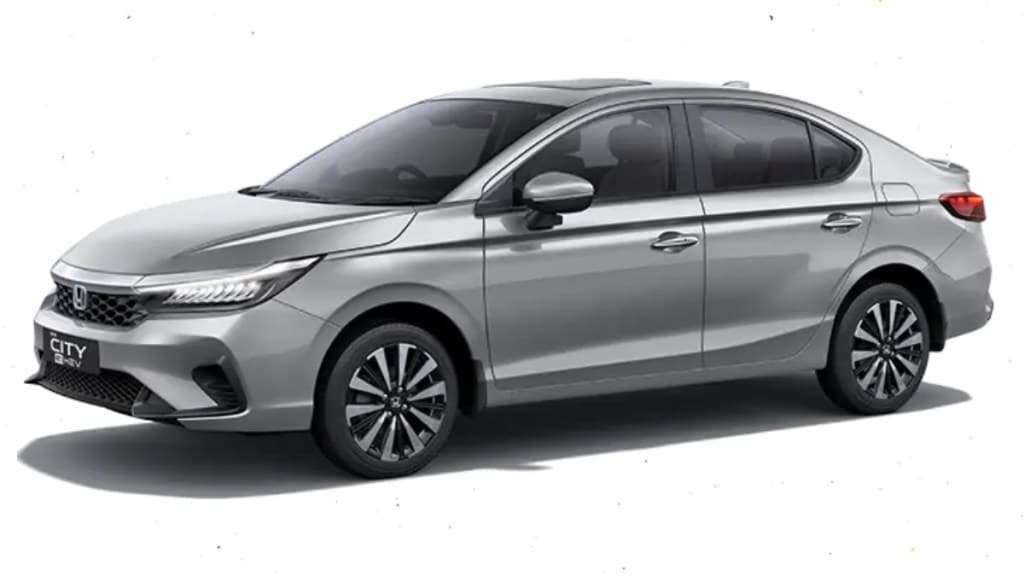Honda Motor Company laid out its new business strategy today which sheds light on the automaker’s future plans. The most significant development from today’s briefing was that Honda is shifting its focus from battery electric vehicles (BEVs or EVs) to hybrid vehicles. This comes on the black of a global slowdown of EVs in recent times.
The Japanese auto giant has said that with its realigned strategy it will fall short of its initial target of 30 percent EV penetration of its sales by the end of this decade. Honda has identified that demand for EVs and hybrid cars has risen over a period of time and hence the company’s focus has shifted towards this space.
Honda next-gen e:HEV technology
Honda has announced that it has started working on its next generation e:HEV (Hybrid Electric Vehicle) technology, and the first model utilising this tech will make its debut in 2027. The carmaker will launch as many as 13 next-generation HEV models globally, over a four-year span starting in 2027. The next-gen HEV technology will be a significant improvement over the current e:HEV technology seen in the City.
Honda is set to enhance its innovative e:HEV two-motor hybrid system, aiming to deliver the world’s most efficient powertrain. Key improvements include expanding the engine’s optimal operating range and boosting the hybrid unit’s driving efficiency. The system will be integrated with:
- A next-generation platform offering improved driving stability and weight reduction
- A newly developed electric AWD (all-wheel drive) unit enabling precise, responsive motor control
Together, these advancements are expected to improve fuel efficiency by over 10 percent and deliver a refined, dynamic driving experience—hallmarks of Honda’s commitment to performance that engages all the driver’s senses.
In order to make the upcoming hybrid model cost competitive, Honda will pursue to reduce cost on key components such as batteries and motors with various initiatives including co-creation activities with suppliers, further improvement of production efficiency and sharing of more common parts and components.
Through these efforts and increased sales volume, Honda aims to reduce the cost of its next-generation hybrid system by over 50 percent compared to the system used in 2018 models, and by more than 30 percent compared to the hybrid system introduced in 2023 for current models.
Honda is developing a dedicated hybrid system for large-size vehicles—common in North America—that offer spacious interiors and high cargo capacity. This new system will deliver strong driving performance, exceptional towing capability, and superior environmental efficiency, with plans to integrate it into new models set to launch in the latter half of the 2020s.
As a symbol of Honda’s evolving automobile business, the new “H mark” will be featured not only on EV models but also on key HEV models, beginning with the next-generation vehicles set to launch from 2027 onward.
Honda next-gen ADAS
Besides the new e:HEV hybrid system, Honda is also developing its next-generation Advanced Driver Assistance System (ADAS) which assists the driver with vehicle operations such as acceleration and steering throughout the entire route, whether on expressways or surface roads, to the destination the driver inputs on the navigation system. This upcoming ADAS technology will be offered in a broad range of EV and HEV models that Honda will launch in North America and Japan around 2027.
